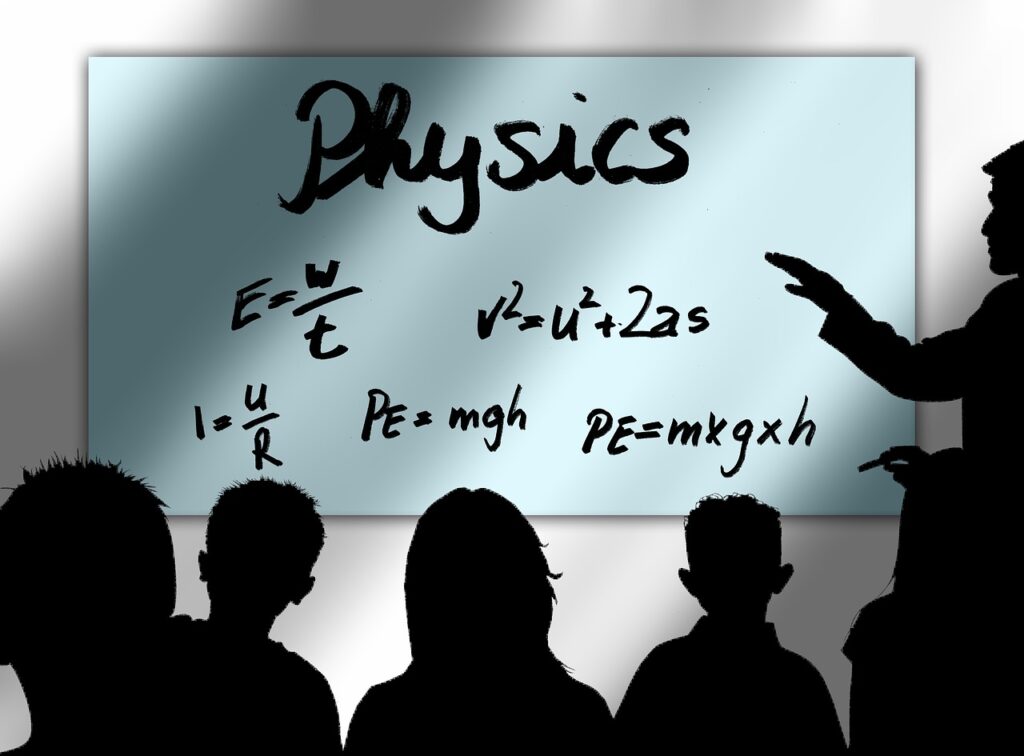Applying the principles of thermodynamics to psychological or interpersonal dynamics, especially in the context of the relationship between a mother and a baby, is an intriguing and metaphorical endeavor. While thermodynamics deals with physical properties and laws governing energy and heat, we can draw parallels to understand emotional exchanges, development, and bonding in human relationships. Here’s an attempt to metaphorically relate the four laws of thermodynamics to psychodynamics between two individuals, focusing on the mother-baby relationship:
- Zeroth Law of Thermodynamics (Thermal Equilibrium): In psychology, this could be seen as the emotional or psychological equilibrium between the mother and the baby. Just as two systems in thermal equilibrium with a third system are in equilibrium, a mother and baby, when emotionally attuned to each other, share a harmonious bond. This equilibrium is essential for the baby’s sense of security and the mother’s emotional satisfaction.
- First Law of Thermodynamics (Conservation of Energy): This law states that emotional energy within a relationship is transformed but not lost. For instance, a mother’s care and affection towards her baby transform into the baby’s sense of security and development of attachment. This transformation of energy is crucial for the baby’s emotional and psychological development.
- Second Law of Thermodynamics (Entropy): Entropy, a measure of disorder or randomness in a system, can be paralleled with the challenges and unpredictable elements in a relationship or an individual’s psychological state. In the mother-baby relationship, entropy could symbolize the inherent unpredictability and the challenges of parenting and growth. Despite striving for a harmonious relationship, there will always be unpredictability and disorder, such as misunderstandings or the baby’s unanticipated needs. Similar to managing entropy in thermodynamics, the key is minimizing disorder through understanding, adaptation, and communication.
- Third Law of Thermodynamics (Absolute Zero and Entropy): Approaching absolute zero, where molecular motion stops and entropy reaches its minimum, can metaphorically relate to an ideal state of complete understanding and harmony in a relationship, which is practically unattainable. Just as it’s impossible to reach absolute zero, a state of perfect understanding or harmony in human relationships is an ideal that can be strived for but never fully realized. However, the effort towards reducing misunderstandings and enhancing mutual empathy is what strengthens the bond between a mother and her baby.
While these parallels are metaphorical and not scientific in nature, they offer a creative lens through which to examine and appreciate the complexity and depth of human relationships, especially the profound connection between a mother and her baby. It underscores the importance of energy (in forms of effort, care, and love) and the inevitable challenges (entropy) in nurturing such relationships, as well as the continuous striving towards understanding and harmony (reducing entropy).
In the metaphorical application of the Zeroth Law of Thermodynamics to the dynamics of human relationships, the concept of a “third system” achieving thermal equilibrium with two other systems can be extended to include a third party, such as the baby’s father, a grandparent, or another caregiver. In this analogy, “thermal equilibrium” represents a state of emotional balance or harmony.
Here’s how the concept could be metaphorically applied:
- The Original Systems (Mother and Baby): Just as in the Zeroth Law of Thermodynamics, where two systems are considered to be in thermal equilibrium if they are both in equilibrium with a third system, the emotional or psychological state of balance between a mother and a baby could be influenced or mirrored by their individual relationships with a third party, like the baby’s father or a grandparent.
- Introduction of the Third System (Father, Grandparent, etc.): The presence and involvement of a third party (e.g., the father or a grandparent) can stabilize or harmonize the relationship between the mother and the baby. Suppose both the mother and the baby share a harmonious relationship with this third party. In that case, it can indirectly contribute to maintaining or enhancing the harmony between the mother and the baby. This third party acts as a mediator or a bridge, fostering communication, understanding, and emotional support within the family structure.
- Emotional Equilibrium Across Relationships: The emotional equilibrium among the parties indicates a state where each relationship contributes positively to the overall emotional and psychological well-being of each individual involved. This state of equilibrium supports mutual understanding, shared care, and emotional support, benefiting the developmental and emotional needs of the baby as well as the well-being of the parents and other caregivers.
This metaphorical interpretation emphasizes the importance of a supportive and understanding network around the child, highlighting how relationships with other family members or caregivers can influence and reinforce the primary bond between a mother and her baby. It showcases the interconnectedness of relationships and the role they play in the emotional and psychological development of individuals within a family system.

